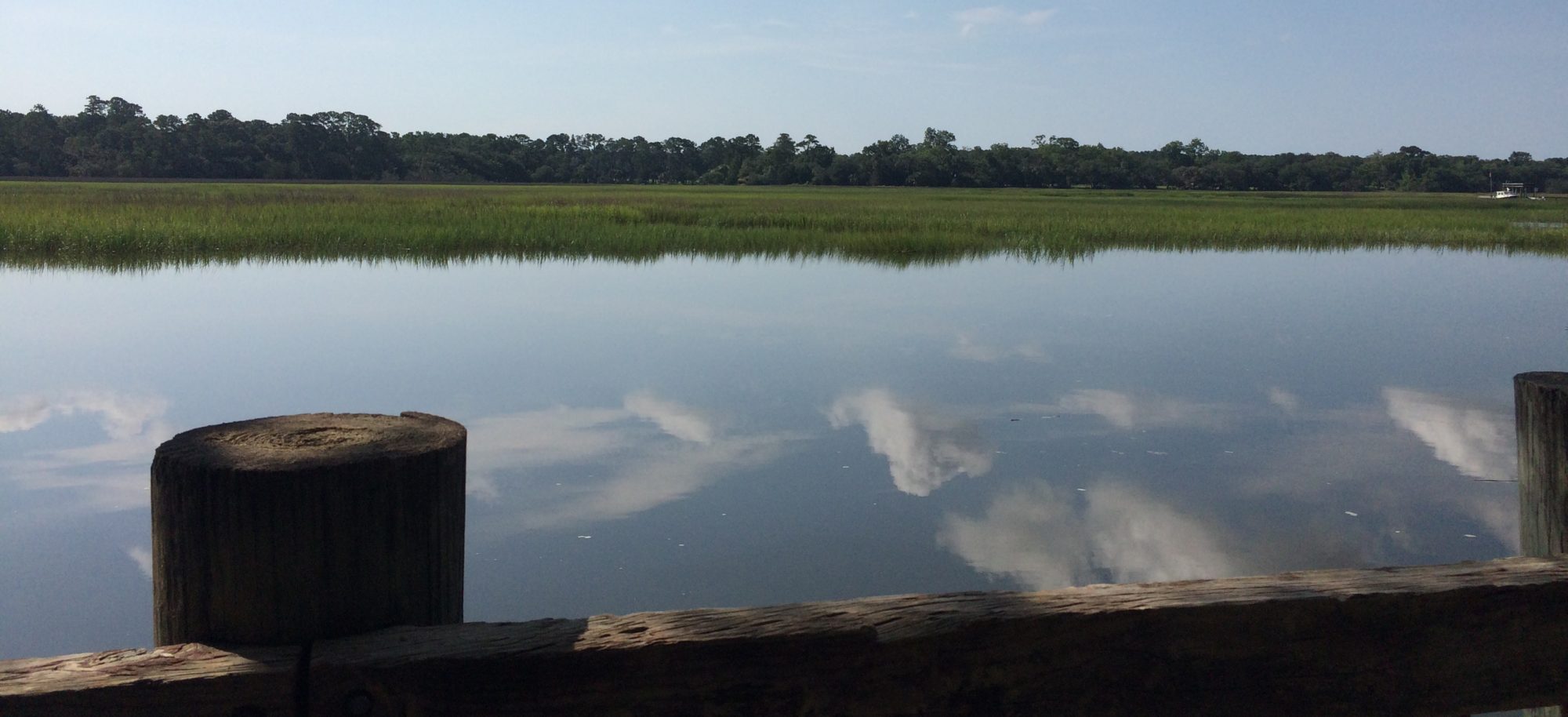“My name
is Somchai,” he wrote in my gray notebook, its cover blistered with sweat from
my shirt pocket. “I like yellow,” he said, fingering his saffron robe.
Somchai,
age 23, was the school principal at Wat Sirikanchanaram, a mountain temple
outside of Kanchanaburi, half a day’s drive west of Bangkok. Six monks were
responsible for the education of 150 novices in a new monastery built to
perpetuate Theravada, the most ancient branch of Buddhism.
For most
of the novices, Thai was a second language to their native tongue of Lao. They
also needed to learn English and Pali, in its way the Latin of the original
scriptures, plus math and science taught by community teachers. I was there with
Carolyn to teach conversational English, one of a series of native speakers
brought in by my volunteer group.
“See you
at three o’clock,” Somchai said as he dropped me off at the classroom with 30
junior high students at 1PM the first afternoon. Two hours and not much of a
lesson plan, but I was the teacher.
I showed
them pictures from home, sources of teaching words.
Daughter. Son. Wife. Son-in-law. House.
Snow. Say again. Watch my tongue.
OK,
let’s hear you describe your own families. Brother.
Sister. Father. Mother.
On my
Michelin world map, unfolded with them crowding around the desk, we found
Thailand and Kanchanaburi.
Washington DC. New York. L.A. They
were elsewhere on the map, looking for places they knew from other classes,
from the computer in the office, from talking with volunteers who had preceded
me.
The
tallest teen, in the middle of a voice change, challenged me.
“How
much you know about Buddhism?”
“Not
much,” I said. “Some.”
It
seemed that’s what he wanted to hear: another teacher going at English alone
with them despite ignorance of their main subject, devoid of real control.
During
class the third day we went birding, because I was out of gas teaching English
by rote, done with holding up and describing pictures from home, exhausted of
thoughts collected into stories written on the slate blackboard for them to
recite back, finished with cheap chalk that broke under the slightest pressure
and dusted over the desk, the floor and me.
They
looked through my binoculars, some crouching down to see better into the trees,
some waiting a turn to write their names in my notebook, some drifting slowly
into the periphery of novicehood, not long for the monastic life. Most were
from villages in Laos, given the opportunity as early as seven to live in and
be schooled by the monastery. Twenty was the age of decision: choose a monk’s
life or return to lay society.
Sunee,
our housing host with whom Carolyn taught English to a thousand middle
schoolers elsewhere in Kanchanaburi, brought us into the street fronting her
home one morning.
“We give
food to the monks,” she said.
We knelt
in the street with fruits and vegetables, offering them when the monks from
their neighborhood arrived. We felt drawn in and yet distant, dropping food
into the brass begging bowl of a monk about our age, saffron-robed, with
thin-rimmed glasses, going about his rounds for his community.
“They
cannot store up food for the next day,” she said. “Their food for today is what
they receive. They eat early in the morning and at noon.”
Back at
Wat Sirikanchanaram, the cars from the community arrived each midmorning.
People carried food to an outside table and left it there, as if bringing
potluck dishes and not staying for the meal.
And so I
took lunch with the monks, or rather alongside them, sitting outside the refectory
at a stone table beneath a tree, brought fruit and vegetables and some cakes as
their teacher of the moment. I was to learn their way by watching, temporarily
immersed in their community.
The
chant before eating was startling, a blend of children’s, changing and adult
voices, its clarity spilling from the two-sided hall beneath the newly leafed pho trees of a February spring. They ate
in silence, only the clink of metal spoon on metal plate. Nothing but their
clothing and what they ate each day was their own except what they learned of
the practice, and even that was a received tradition in which they
participated.
My last
day there, I picked up a piece of the mountain and put it in my pocket for the
way home. It is a small red stone, like all the others on the hillside I walked
up every day on my way from the street. I took it along to remember the
experience of being among them. And I left some of my heart.
